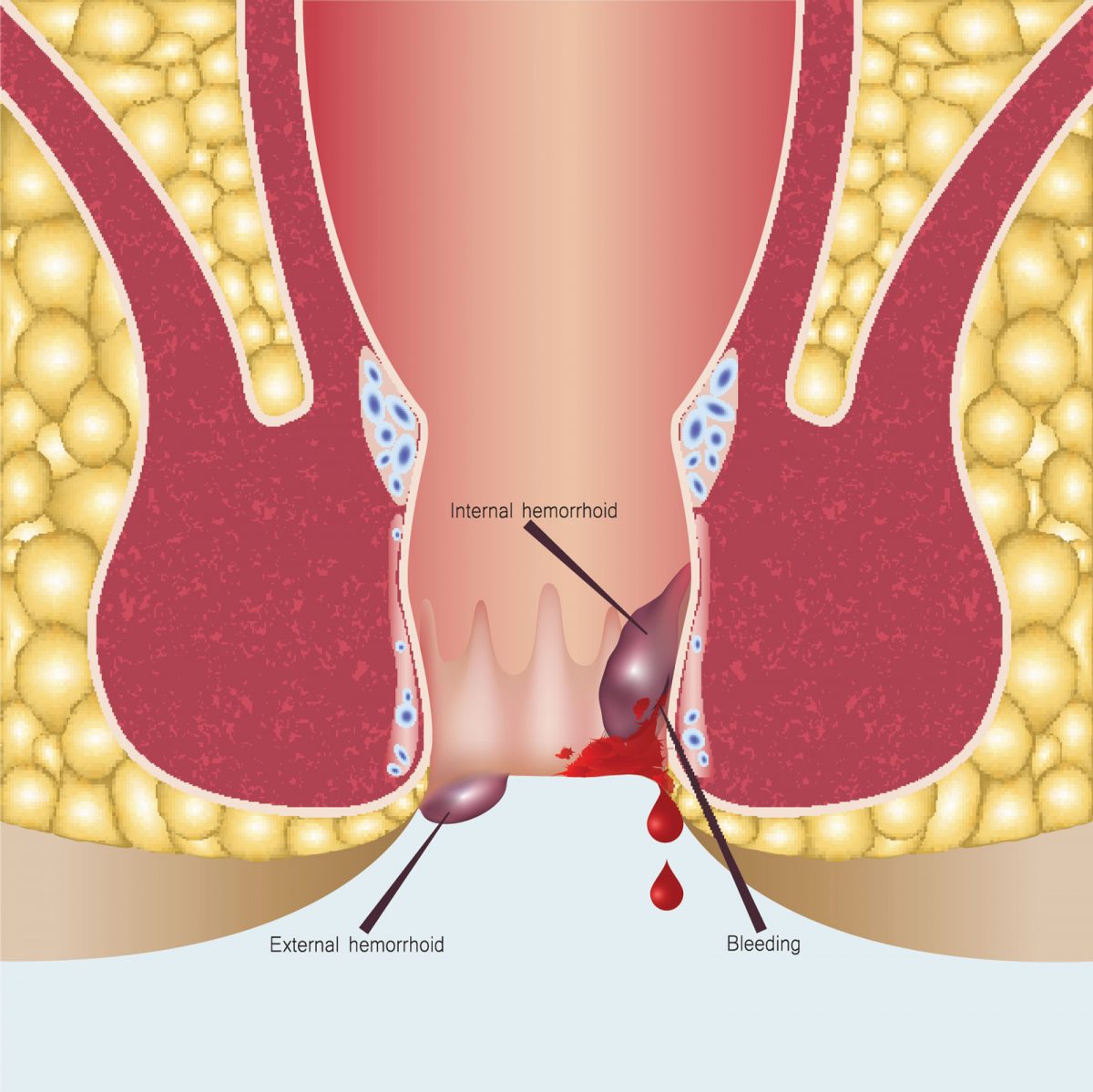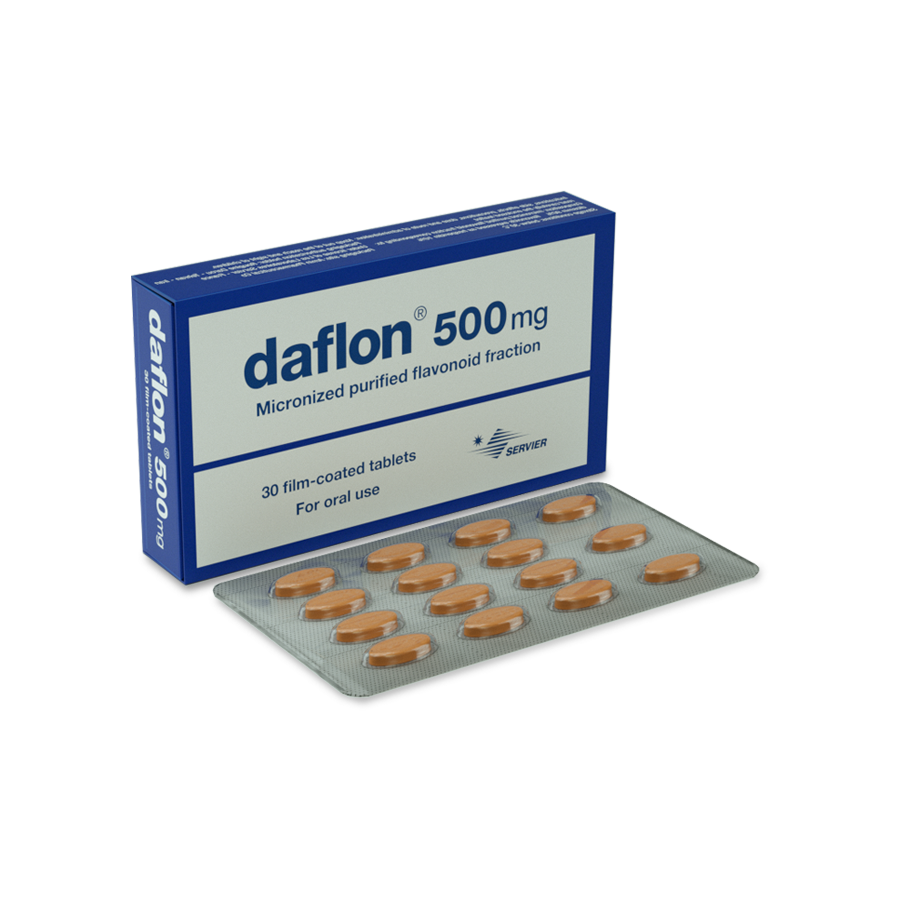This website uses cookies so that we can provide you with the best user experience possible. Cookie information is stored in your browser and performs functions such as recognising you when you return to our website and helping our team to understand which sections of the website you find most interesting and useful.

Hemorrhoid Disease
Overview
Hemorrhoids, also called piles, are swollen veins in anus and lower rectum, similar to varicose veins. Hemorrhoids have a number of causes, although often the cause is unknown. They may result from straining during bowel movements or from the increased pressure on these veins during pregnancy. Hemorrhoids may be located inside the rectum (internal hemorrhoids), or they may develop under the skin around the anus (external hemorrhoids).
Hemorrhoids are very common. Nearly three out of four adults will have hemorrhoids from time to time. Sometimes they don't cause symptoms but at other times they cause itching, discomfort and bleeding.
Occasionally, a clot may form in a hemorrhoid (thrombosed hemorrhoid). These are not dangerous but can be extremely painful and sometimes need to be lanced and drained.
Fortunately, many effective options are available to treat hemorrhoids. Many people can get relief from symptoms with home treatments and lifestyle changes.
Symptoms
Signs and symptoms of hemorrhoids may include:
- Painless bleeding during bowel movements —small amounts of bright red blood on toilet tissue or in the toilet
- Itching or irritation in the anal region
- Pain or discomfort
- Swelling around the anus
- A lump near your anus, which may be sensitive or painful (may be a thrombosed hemorrhoid)
Hemorrhoid symptoms usually depend on the location.
Internal hemorrhoids
These lie inside the rectum. The patient usually can't see or feel these hemorrhoids, and they rarely cause discomfort. But straining or irritation when passing stool can damage a hemorrhoid's surface and cause it to bleed.
Occasionally, straining can push an internal hemorrhoid through the anal opening. This is known as a protruding or prolapsed hemorrhoid and can cause pain and irritation.
External hemorrhoids
These are under the skin around anus. When irritated, external hemorrhoids can itch or bleed.
Thrombosed hemorrhoids
Sometimes blood may pool in an external hemorrhoid and form a clot (thrombus) that can result in severe pain, swelling, inflammation and a hard lump near anus.
Causes
The veins around anus tend to stretch under pressure and may bulge or swell. Swollen veins (hemorrhoids) can develop from increased pressure in the lower rectum due to:
- Straining during bowel movements
- Sitting for long periods of time on the toilet
- Chronic diarrhea or constipation
- Obesity
- Pregnancy
- Anal intercourse
- Low-fiber diet
Hemorrhoids are more likely with aging because the tissues that support the veins in your rectum and anus can weaken and stretch.
Diagnosis
A doctor may be able to see if there are external hemorrhoids simply by looking. Tests and procedures to diagnose internal hemorrhoids may include examination of anal canal and rectum:
1- Digital examination
During a digital rectal exam, the doctor inserts a gloved, lubricated finger into the rectum. He or she feels for anything unusual, such as growths. The exam can suggest to the doctor whether further testing is needed.
2- Visual inspection
Because internal hemorrhoids are often too soft to be felt during a rectal exam, the doctor may also examine the lower portion of the colon and rectum with an anoscope, proctoscope or sigmoidoscope.
the doctor may want to examine the entire colon using colonoscopy if:
- signs and symptoms suggest there might be another digestive system disease
- there are risk factors for colorectal cancer
- The patient is middle-aged and haven't had a recent colonoscopy
Treatment
Home remedies
A patient can often relieve the mild pain, swelling and inflammation of hemorrhoids with home treatments. Often these are the only treatments needed.
- Eat high-fiber foods.
- Use topical treatments.
- Soak regularly in a warm bath or sitz bath.
- Keep the anal area clean.
- Don't use dry toilet paper.
- Apply cold.
- Take oral pain killers.
With these treatments, hemorrhoid symptoms often go away within a week.
Medications
External hemorrhoid thrombectomy
If a painful blood clot (thrombosis) has formed within an external hemorrhoid, the doctor can remove the clot with a simple incision and drainage, which may provide prompt relief. This procedure is most effective if done within 72 hours of developing a clot.
Rubber band ligation of hemorrhoid
Minimally invasive procedures
For persistent bleeding or painful hemorrhoids, the doctor may recommend one of the other minimally invasive procedures available. These treatments can be done in a doctor's office or other outpatient setting and do not usually require anesthesia.
- Rubber band ligation
- Injection (sclerotherapy)
- Coagulation (infrared, laser or bipolar)
Surgical procedures
If other procedures haven't been successful or there are large hemorrhoids your doctor may recommend a surgical procedure. The surgery may be done as an outpatient or may require an overnight hospital stay.
- Hemorrhoid removal
- Hemorrhoid stapling
Reference:
https://www.mayoclinic.org/diseases-conditions/hemorrhoids/symptoms-causes/syc-20360268









